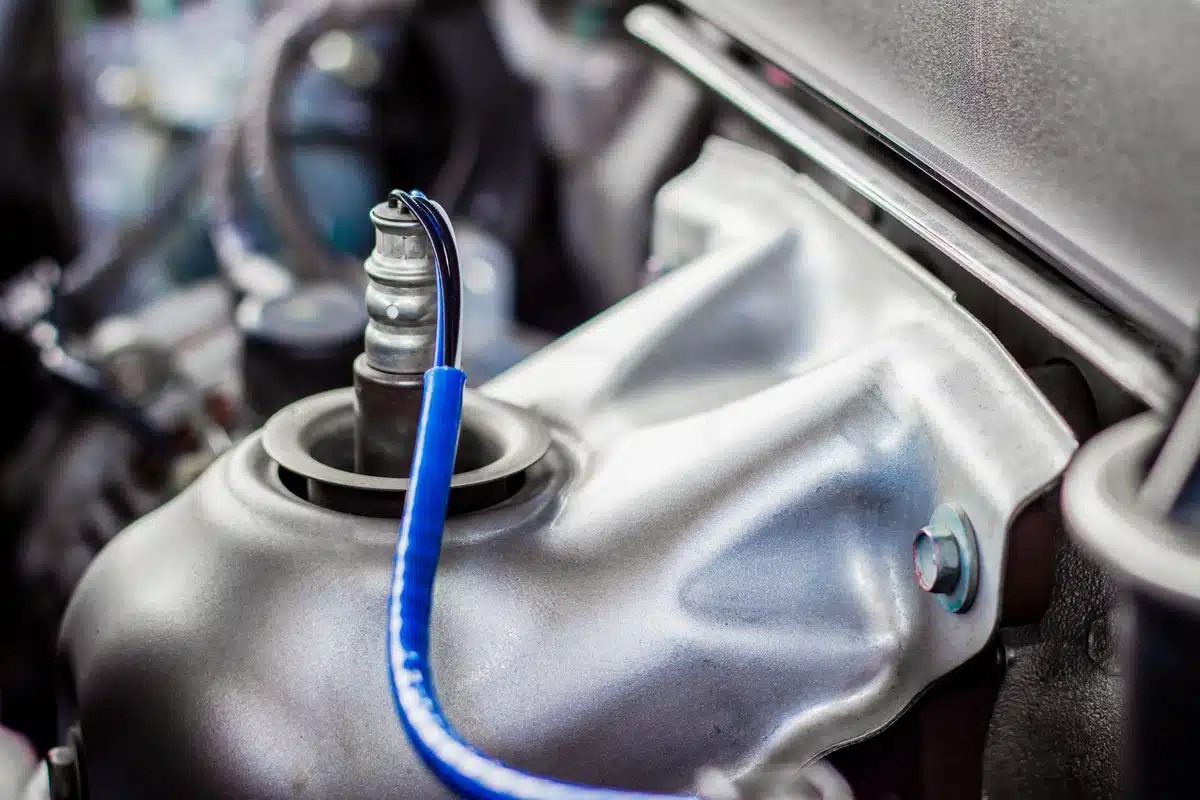Modern vehicles depend heavily on their emissions systems to ensure both environmental compliance and optimal engine performance. One of the most critical components in this setup is the oxygen sensor, also known as the O₂ sensor.
This small but essential part monitors the oxygen level in the exhaust gases and sends feedback to the engine control unit. Based on the data received, the engine adjusts the air-fuel mixture, aiming for efficiency and cleaner combustion.
Some manufacturers have succeeded in designing vehicles with oxygen sensors that endure the full operational life of the car. These sensors are often made with premium materials, supported by durable heating elements, and are positioned optimally within the exhaust system to remain effective for hundreds of thousands of kilometers.
Meanwhile, certain car models have gained a reputation for frequent oxygen sensor failures. This issue leads to increased emissions, poor fuel economy, erratic engine performance, and costly repairs. For drivers, especially those in states with strict emissions testing, faulty oxygen sensors can lead to inspection failures and unwanted expenses.
This article presents two carefully chosen lists. The first includes five vehicles known for having reliable oxygen sensors that last for the life of the vehicle under normal driving conditions.
We will highlight five vehicles where owners have commonly reported premature sensor issues. These insights are based on historical performance, engineering design, consumer feedback, and maintenance patterns.
Understanding which vehicles are likely to offer trouble-free emissions monitoring compared to those that may require repeated sensor replacements can help consumers make better decisions when buying or maintaining a car.
Whether purchasing new or used, knowing which models maintain stable O₂ sensor performance is essential for both budget-conscious buyers and those concerned about air quality.
Cars with Lifetime Emissions Sensors

1. Toyota Land Cruiser
The Toyota Land Cruiser has long been recognised for its dependability, with many of its parts designed to last well beyond the industry average. The oxygen sensors used in the Land Cruiser exemplify this level of engineering, as they are known to function effectively throughout the lifespan of the vehicle without the need for replacement.
This reliability stems partly from the use of high-grade materials in the sensor construction. The platinum-coated sensing elements and robust housing are made to withstand extreme heat and contaminants in the exhaust system.
The placement of the sensors also contributes to their longevity, as they are situated in positions that allow accurate readings without exposing them to unnecessary thermal stress.
Owners frequently report minimal sensor-related issues even after the vehicle surpasses the 300,000-kilometre mark. Routine service, such as timely oil changes and avoiding poor-quality fuel, further supports the long-term reliability of these sensors. Unlike other large SUVs, the Land Cruiser does not often trigger check engine lights due to O₂ sensor problems.
The engine management system is also well-calibrated to prevent overcompensating fuel trims that usually lead to sensor strain.
Instead of pushing the oxygen sensors to correct poor combustion habits, the Land Cruiser’s engine software maintains a stable operating range that benefits both engine performance and emissions monitoring.
Its consistent reputation for reliability has made the Land Cruiser a top choice for off-road enthusiasts and long-distance drivers who do not want frequent trips to the mechanic.
The low occurrence of oxygen sensor failure adds to the vehicle’s entire value, particularly in countries with strict emissions regulations where replacement parts can be expensive or hard to find.
When considering total cost of ownership and mechanical dependability, the Toyota Land Cruiser stands tall as a long-lasting SUV with one of the most durable emissions systems on the market.
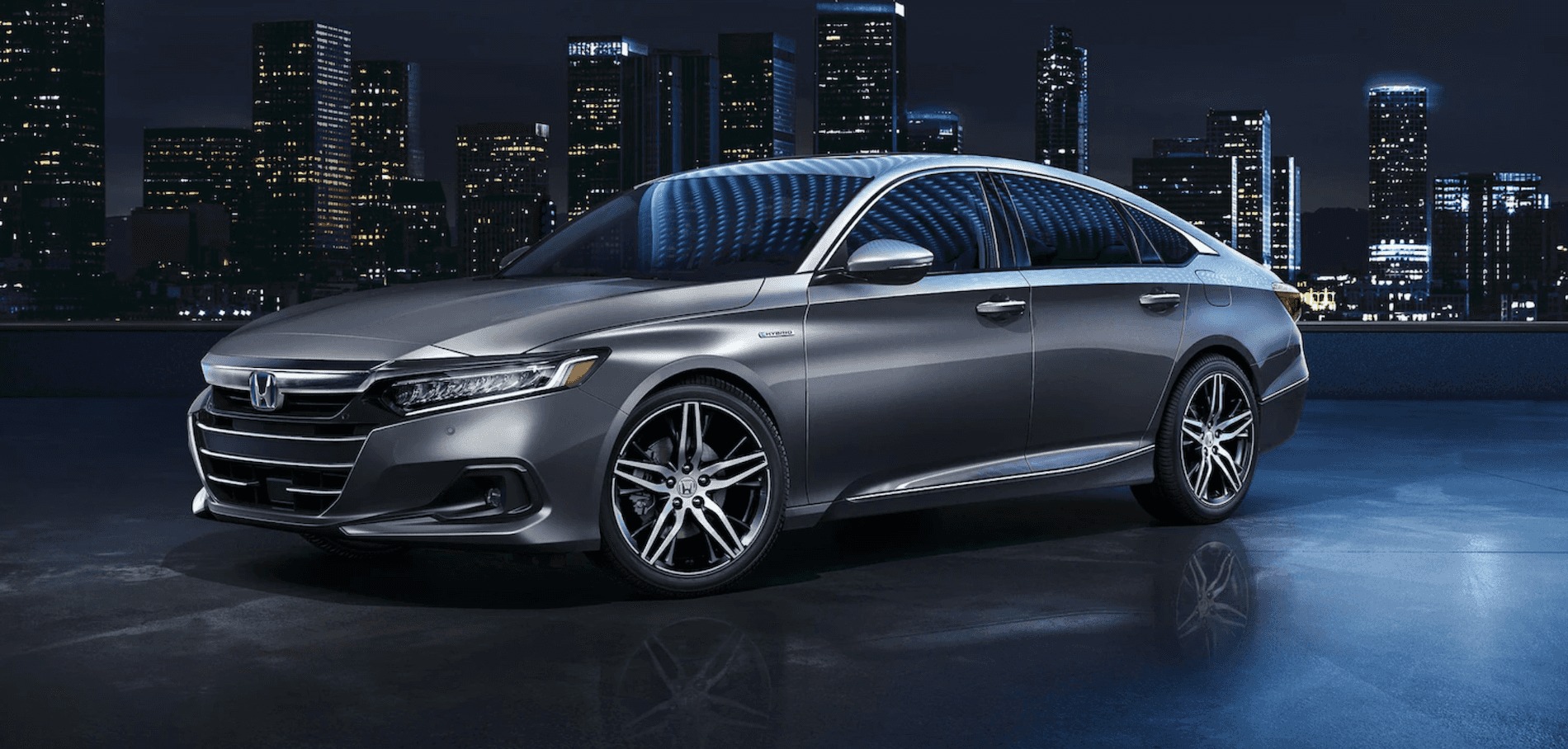
2. Honda Accord (2013-2017 Models)
The ninth-generation Honda Accord, produced between 2013 and 2017, is widely respected for its engineering quality.
One of its underappreciated strengths lies in the longevity of its emissions control system, especially the oxygen sensors. These components are known to operate efficiently well past 250,000 kilometres with little to no issues.
This generation featured advancements in exhaust gas sensor technology, including the use of improved zirconia elements that allowed for faster and more accurate oxygen measurement.
The sensors also feature durable insulation that protects the wiring from heat and physical damage, a common reason for premature failure in lower-quality sensors.
Honda’s software programming for the engine control unit is optimised to reduce unnecessary strain on the sensors. Because the engine maintains a well-balanced air-fuel ratio without relying heavily on sensor correction, the oxygen sensors in these Accords are rarely exposed to extreme operating cycles that degrade performance.
Another major factor is the design of the exhaust manifold, which limits the amount of raw fuel or contaminants that reach the sensors. By keeping combustion clean and stable, Honda effectively extends the life of both the upstream and downstream O₂ sensors.
Drivers and mechanics alike often praise this model for not triggering oxygen sensor-related error codes. Even in older vehicles from this range, original factory sensors can still be found functioning properly. This reduces long-term maintenance costs and avoids unexpected repairs, which can be common in vehicles with less durable sensors.
The Accord’s reputation for reliability, low emissions, and consistent performance makes it one of the best examples of a mid-size sedan with a lifetime emissions sensor design. Those looking for a dependable daily driver with low emissions maintenance should find this model to be a suitable option.
Also Read: 5 Five-Year-Old Cars That Sell for Top Dollar vs 5 That Lose Half Their Value
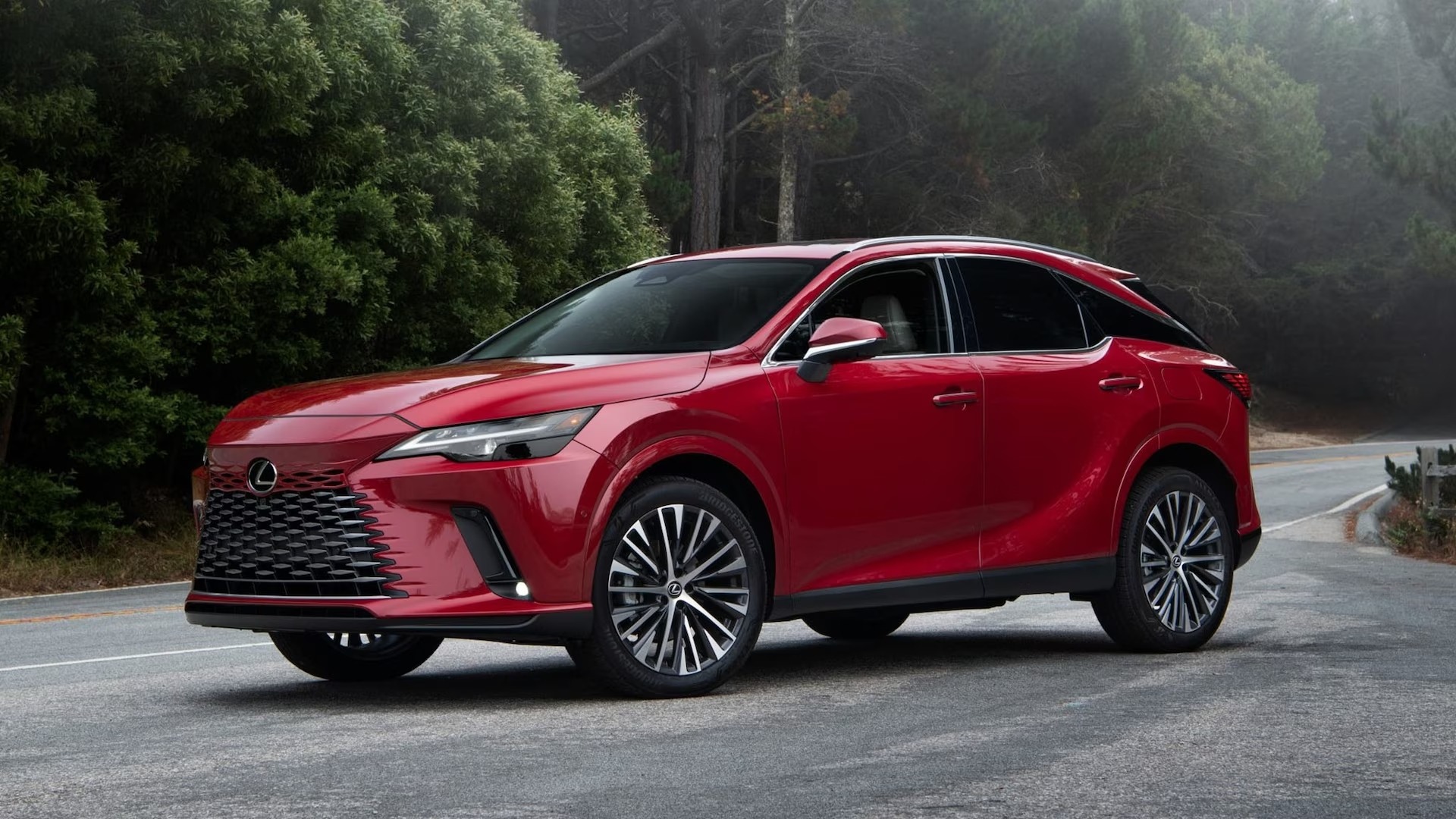
3. Lexus RX 350
The Lexus RX 350 has maintained its place as one of the top-selling luxury crossovers for several years, and part of its success comes from its commitment to lasting mechanical components. Its emissions system, particularly the oxygen sensors, reflects the same philosophy.
These sensors are built using advanced materials that resist corrosion and thermal degradation. The combination of ceramic elements and high-temperature shielding allows them to remain accurate across a broad range of operating conditions.
Unlike some sensors that fail under heavy acceleration or urban stop-and-go driving, the RX 350’s sensors maintain their precision even under stress.
Toyota’s luxury division also prioritised electronic durability by integrating high-quality connectors and insulation to prevent short circuits and signal loss. The software calibration reduces fluctuations in fuel mixture control, which lessens the burden on the sensors to compensate for engine inefficiencies.
Routine maintenance in these vehicles, such as scheduled oil and filter changes, helps to preserve the internal combustion environment. Cleaner combustion means less carbon buildup and fewer contaminants being fed into the exhaust stream, which protects the O₂ sensors from clogging or heat damage.
Owners of the RX 350 rarely report check engine lights triggered by oxygen sensor faults, even as the vehicle surpasses the 200,000-kilometre mark. Many RX 350s remain on the road today with their original sensors functioning as designed. This track record saves money and also boosts confidence in long-term emissions compliance.
Whether used for family trips or daily urban commutes, the Lexus RX 350 offers peace of mind to those concerned about the reliability of emissions components. Its oxygen sensors are not just durable but dependable enough to last through years of varied driving without requiring attention.
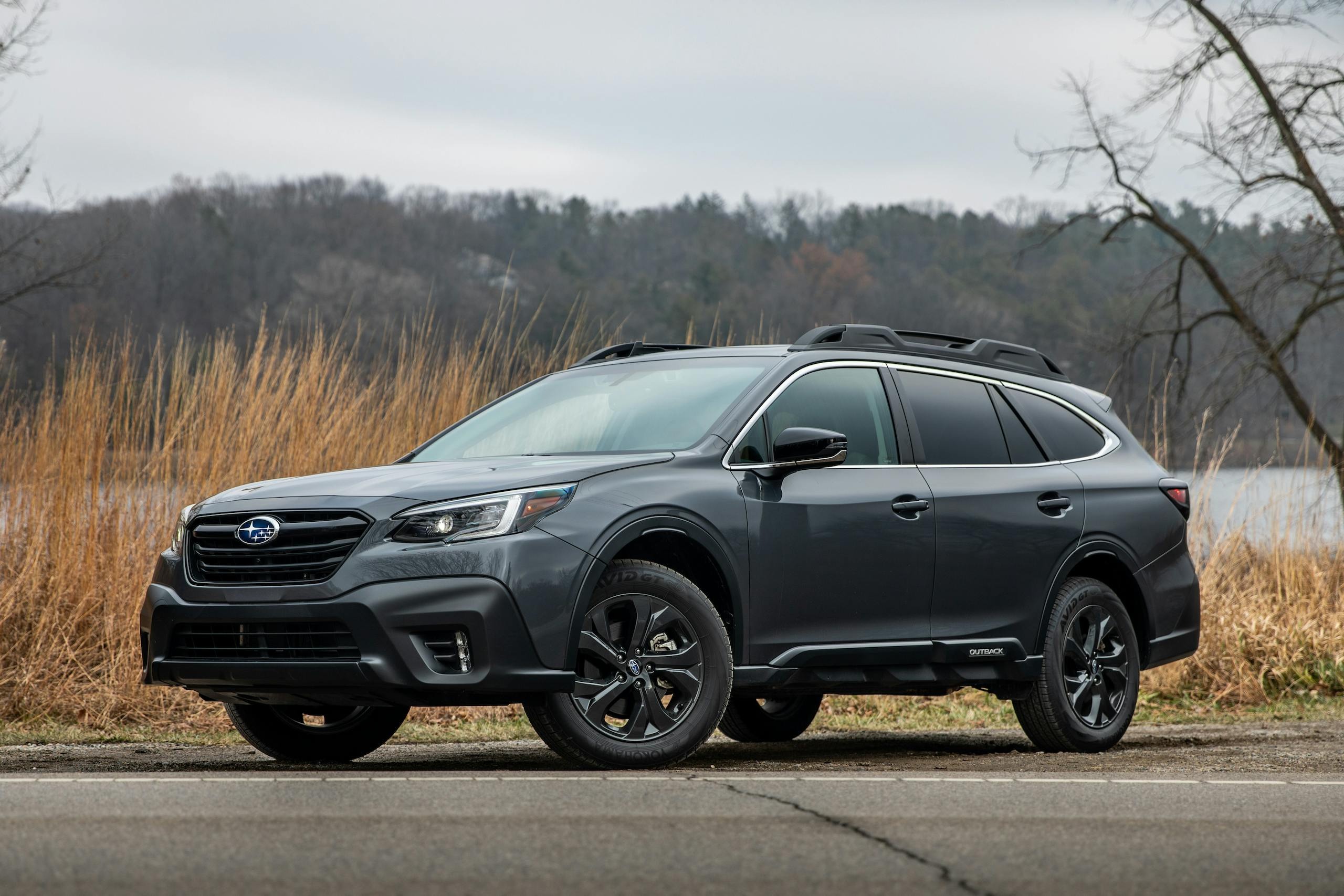
4. Subaru Outback (2015-2019 Models)
The Subaru Outback from 2015 to 2019 is regarded as a durable choice for drivers looking for a blend of utility and long-term reliability. Among its mechanical strengths is a dependable emissions control system, specifically the oxygen sensors.
Subaru’s engineers placed a strong emphasis on using long-lasting materials for the sensors, incorporating dual-layer elements that are resistant to moisture, oil fumes, and temperature cycling. These sensors are positioned strategically within the exhaust stream to maximise readings while minimising exposure to damaging conditions.
A major advantage of the Outback lies in its symmetrical all-wheel-drive system, which ensures more balanced driving dynamics. This contributes to more stable combustion across cylinders, indirectly reducing the risk of oxygen sensor strain. When combustion remains consistent, the emissions readings do not fluctuate wildly, meaning the sensors experience less wear.
The vehicle’s software calibration also plays a role. Subaru uses predictive algorithms to control fuel injection and spark timing, reducing the number of corrections required from the emissions system. As a result, the oxygen sensors are used to monitor rather than constantly adjust engine behaviour.
Reports from long-term owners show that these models rarely suffer from check engine lights linked to O₂ sensor faults. Maintenance logs indicate that many sensors last well beyond 240,000 kilometres without needing replacement. Subaru mechanics often confirm that even in older vehicles, the sensors remain accurate and effective.
This reliability helps maintain fuel efficiency and emissions compliance, which is crucial for those in regions with strict environmental standards. Drivers also avoid unnecessary repair costs, which adds to the vehicle’s reputation for value and dependability.
Subaru’s focus on holistic engine and emissions design allows the Outback to maintain stable emissions performance for years. Those seeking an all-purpose car that delivers both functionality and durability will find the Outback’s sensor longevity to be a reassuring feature.
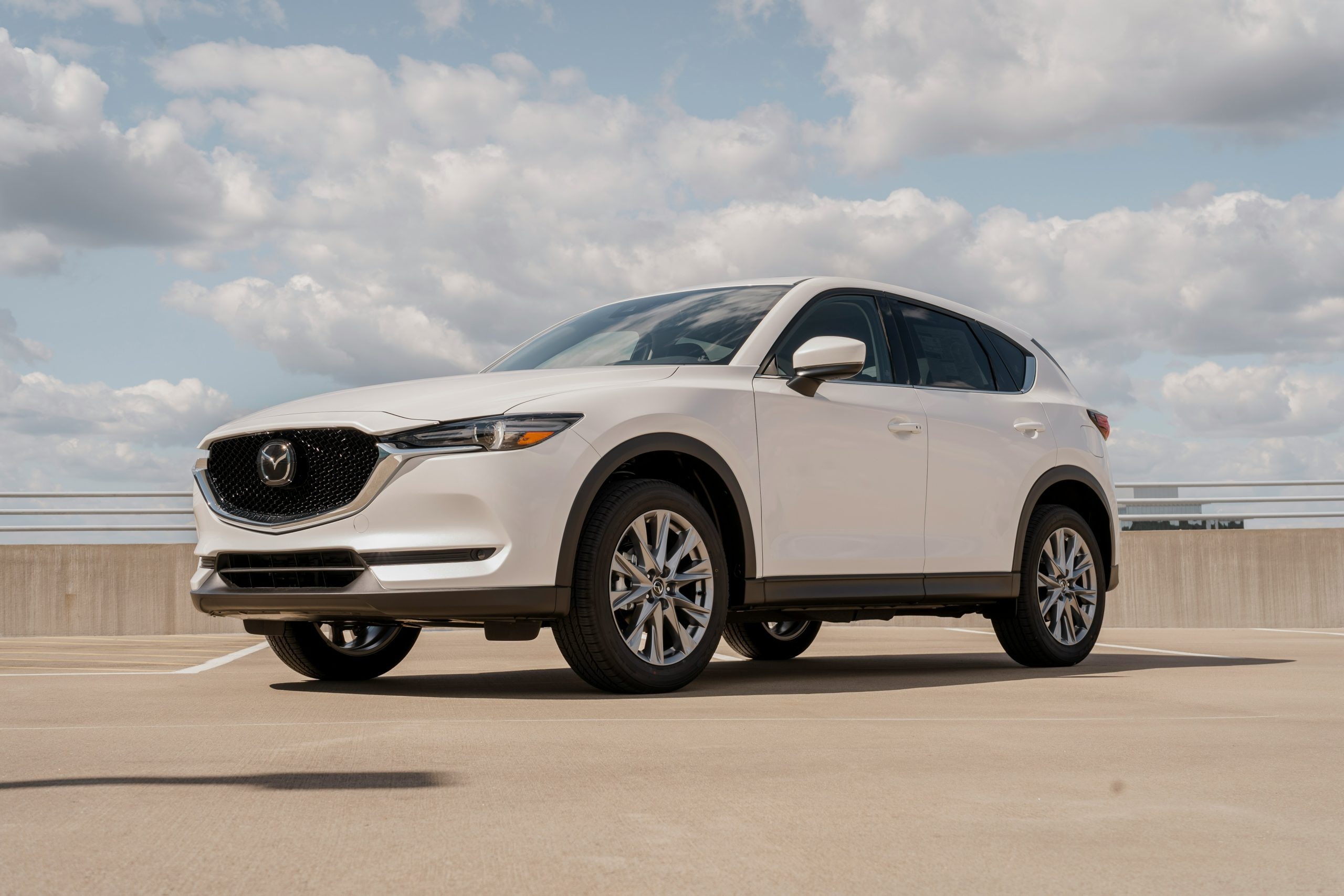
5. Mazda CX-5 (2017-2021 Models)
Mazda’s engineering team paid close attention to emissions technology while designing the CX-5 from 2017 to 2021. This attention to detail is especially evident in the durability of its oxygen sensors. Many owners report that the sensors operate flawlessly for the entire service life of the vehicle.
This durability comes from the inclusion of robust materials such as zirconia and alumina in the sensor construction. These elements are able to withstand high exhaust temperatures and maintain sensor accuracy over prolonged use. The wiring harness and sensor housing are also built to resist water intrusion and corrosion.
Another reason for the CX-5’s dependable sensors is its Skyactiv engine technology. Mazda focused on achieving a cleaner burn through high compression ratios and efficient direct fuel injection. Cleaner combustion translates to fewer emissions and reduces the burden placed on oxygen sensors.
The vehicle’s sensors are supported by a smart electronic control unit that only requires moderate input from emissions components during regular operation.
This reduced dependency helps preserve sensor lifespan. Additionally, the CX-5’s service intervals are tuned to protect the health of the engine and related systems, including emissions controls.
Owners often go hundreds of thousands of kilometres without a single oxygen sensor replacement. The lack of warning lights and diagnostic trouble codes related to emissions sensors further illustrates the dependability of this component in the CX-5. Even mechanics who specialise in Mazda repairs comment on how infrequently O₂ sensor issues arise in these vehicles.
Mazda’s decision to prioritise performance and emissions durability at the same time allows the CX-5 to offer peace of mind for those concerned about long-term vehicle ownership. It manages to combine driving enjoyment with low emissions maintenance, making it a strong choice in the compact SUV category.
Cars with Faulty O₂ Sensors

1. Chevrolet Equinox (2010-2014 Models)
The Chevrolet Equinox, manufactured between 2010 and 2014, has faced recurring complaints about its oxygen sensors. Many drivers who own these models have reported frequent emissions issues tied to both the upstream and downstream O₂ sensors.
These components are essential to proper engine function and emissions compliance, yet they appear to wear out prematurely in this particular vehicle.
One of the most reported concerns is the early onset of the check engine light due to sensor failure. In many cases, this warning appears even before the vehicle crosses 100,000 kilometres.
The fault often lies in the heating element inside the sensor, which either burns out or becomes inconsistent, preventing the sensor from reaching its required operating temperature quickly. This condition results in poor fuel efficiency and delayed catalytic converter operation.
Another contributing factor is the location of the sensors. In these Equinox models, the sensors are often exposed to higher-than-average thermal conditions.
The engine tends to run hotter than similar models, which subjects the sensors to accelerated wear. Combined with inconsistent combustion patterns in the four-cylinder versions, the sensors become overwhelmed by the quantity of exhaust byproducts.
Owners and technicians alike have often found themselves replacing oxygen sensors multiple times within the lifespan of the vehicle.
Aftermarket sensor replacements do not always resolve the issue either, since the problem frequently stems from engine software and physical design that creates an unfavorable environment for these components.
The impact on emissions testing can be severe. Drivers in states with mandatory emissions checks often face rejections or are forced to replace both O₂ sensors and the catalytic converter to meet requirements. These unexpected costs reduce the vehicle’s value after some time and make it less appealing for second-hand buyers.
Even with regular maintenance, the Equinox from these years has earned a reputation for sensor-related issues that appear far earlier than they should. The repeated need for attention to this system makes it a poor performer when it comes to oxygen sensor longevity.
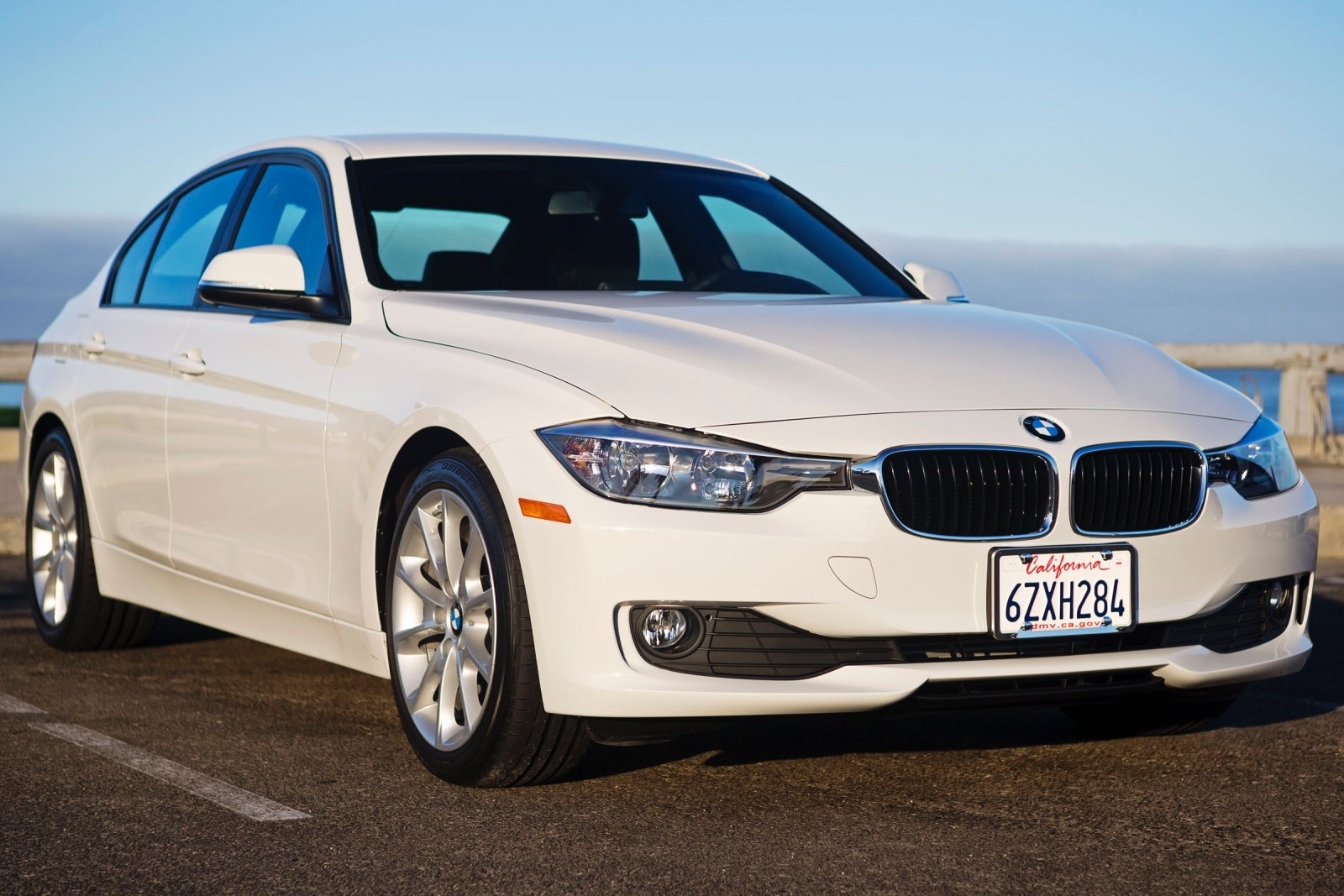
2. BMW 328i (2007-2012 Models)
The BMW 328i, especially models released between 2007 and 2012, has attracted criticism for recurring oxygen sensor problems.
As part of a vehicle that promotes performance and precision, this issue can be particularly frustrating for owners. The O₂ sensors in these BMWs often experience premature failure, even under standard driving conditions.
A major concern stems from the vehicle’s advanced emissions controls, which place a huge demand on both the upstream and downstream sensors.
The constant regulation of fuel trims for performance and efficiency results in the sensors working harder than usual. As a result, these components degrade faster, often showing faults as early as 80,000 kilometres.
The N52 and N54 engines used during this generation also produce high exhaust temperatures, which, after a while, damage the internal elements of the oxygen sensors.
Add in the turbocharged setup in some versions, and the stress on the sensors multiplies. Even with premium fuel and routine servicing, these sensors tend to wear out long before the rest of the engine components.
Another factor is the compact engine bay design, which can trap heat near the exhaust area. This increases the ambient temperature surrounding the sensors, accelerating failure. The wiring harnesses, which are sometimes poorly shielded, are also prone to heat damage, which causes erratic signals or complete sensor failure.
The cost of replacing O₂ sensors in the 328i is also on the higher end, partly due to the placement of the sensors and the specialised labor required. Many drivers report that after replacing one sensor, another quickly follows, leading to a frustrating cycle of repairs.
For buyers considering this model on the second-hand market, it is important to factor in possible sensor replacements. While the car offers impressive performance, the frequent oxygen sensor issues reduce ownership satisfaction and add to maintenance expenses in the course of time.

3. Dodge Journey (2009-2013 Models)
The Dodge Journey from 2009 to 2013 is another vehicle that has struggled with emissions-related reliability, especially concerning its oxygen sensors. These components are prone to early failure, which negatively affects both fuel economy and the performance of the catalytic converter.
Reports from mechanics and vehicle owners consistently mention sensor faults within the first 100,000 kilometres of use.
The sensors, particularly the upstream units, are susceptible to carbon fouling due to the engine’s rich fuel mixtures. When combustion is incomplete, carbon deposits build up on the sensor’s ceramic tip, affecting its ability to provide accurate readings.
The design of the exhaust system in this vehicle also contributes to the problem. With limited space between the engine and firewall, there is poor heat dissipation around the sensor housing. This thermal buildup not only accelerates wear but also interferes with the heater circuits that bring the sensor to operating temperature.
Another issue involves the quality of the factory-installed sensors. Unlike more robust units found in premium brands, the Journey’s sensors often show signs of early degradation. Replacement sensors are sometimes required before major service intervals, adding to the cost of ownership.
These problems become especially serious during emissions inspections. A failed sensor can prevent the onboard diagnostic system from completing the necessary readiness tests, which results in automatic rejection during testing. For drivers who depend on their vehicle for daily commuting, this becomes more than just an inconvenience.
While the Dodge Journey offers ample space and comfort features, its poor oxygen sensor reliability has led many to view it as a problematic option when it comes to emissions performance. Recurring sensor failures, along with associated labor costs and inspection hassles, make it one of the less reliable vehicles in this regard.
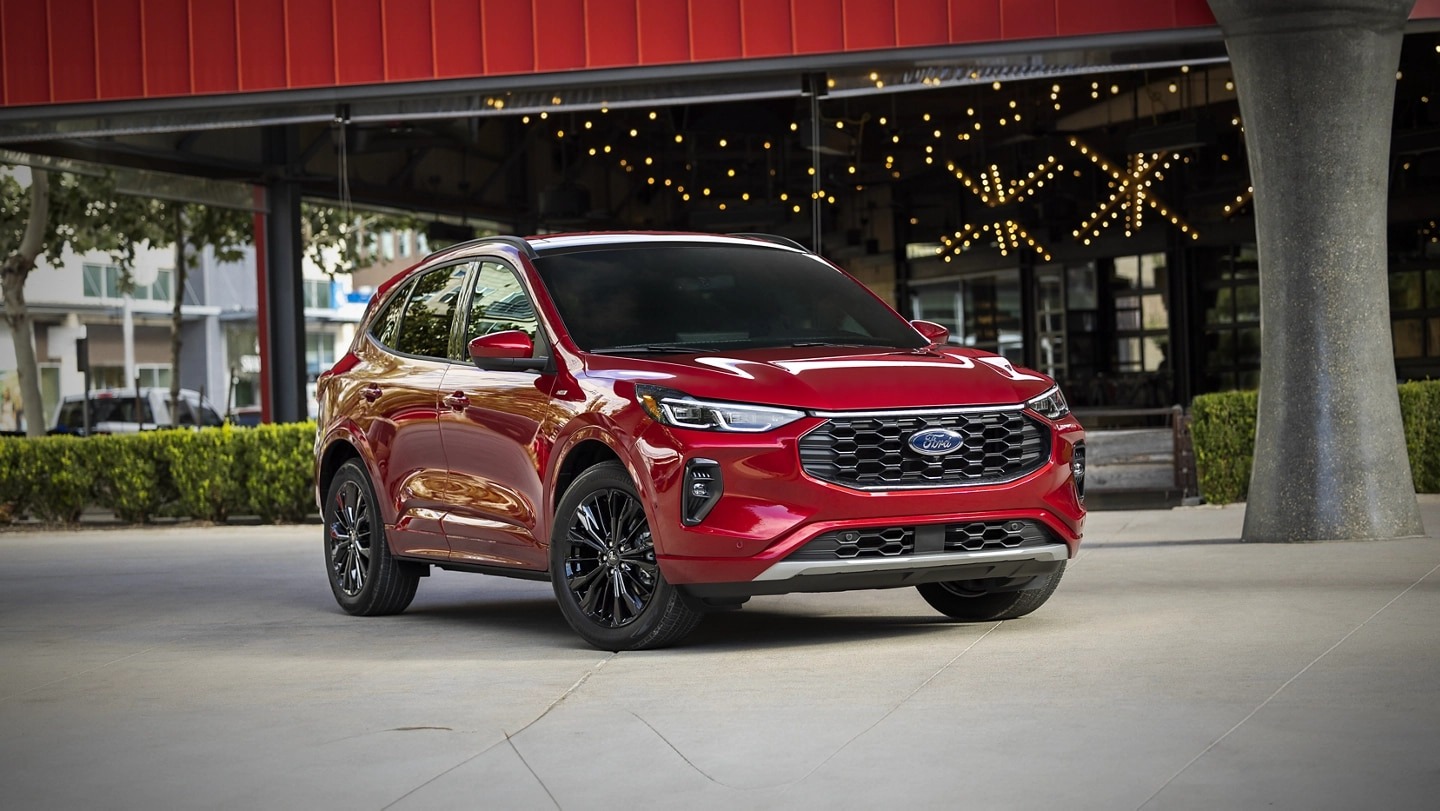
4. Ford Escape (2008-2012 Models)
The Ford Escape released between 2008 and 2012 has been flagged by many owners and repair shops for ongoing oxygen sensor issues. These problems tend to emerge early in the vehicle’s lifespan, creating frustration for drivers and adding unexpected maintenance expenses.
One of the core problems lies in the engine tuning. The Escape’s powertrain often runs with inconsistent air-fuel ratios, especially in the four-cylinder variants.
These fluctuations force the oxygen sensors to work constantly to correct fuel mixture imbalances. This constant activity degrades the sensor’s internal elements, especially the zirconia-based sensing tips.
There have also been complaints about the quality of the original equipment sensors. Many of them fail between 90,000 and 120,000 kilometres, which is earlier than expected for such a critical component.
The issue is often compounded by the fact that sensor replacements do not always restore full functionality. This suggests that the problem may also be linked to the vehicle’s software and general emissions system design.
Another complicating factor is the sensor placement. In some variants, the downstream sensor is positioned too close to the catalytic converter, where it is exposed to intense heat and sudden temperature changes. This results in stress fractures within the sensor housing or faulty readings due to heat distortion.
Owners who experience these issues are usually met with the check engine light, reduced fuel efficiency, and in some cases, failure to pass emissions testing. The frequency of these issues means that many drivers are forced to address the same problem multiple times during ownership.
Although the Ford Escape from these years offers utility and decent driving comfort, its oxygen sensor reliability is subpar. The cost of repeated diagnostics, replacements, and inspection failures adds to ownership concerns, making it one of the models best avoided for those looking for low-maintenance emissions systems.
Also Read: 5 Limited-Edition Cars Now Worth More Used vs 5 Once-Popular Ones Worthless
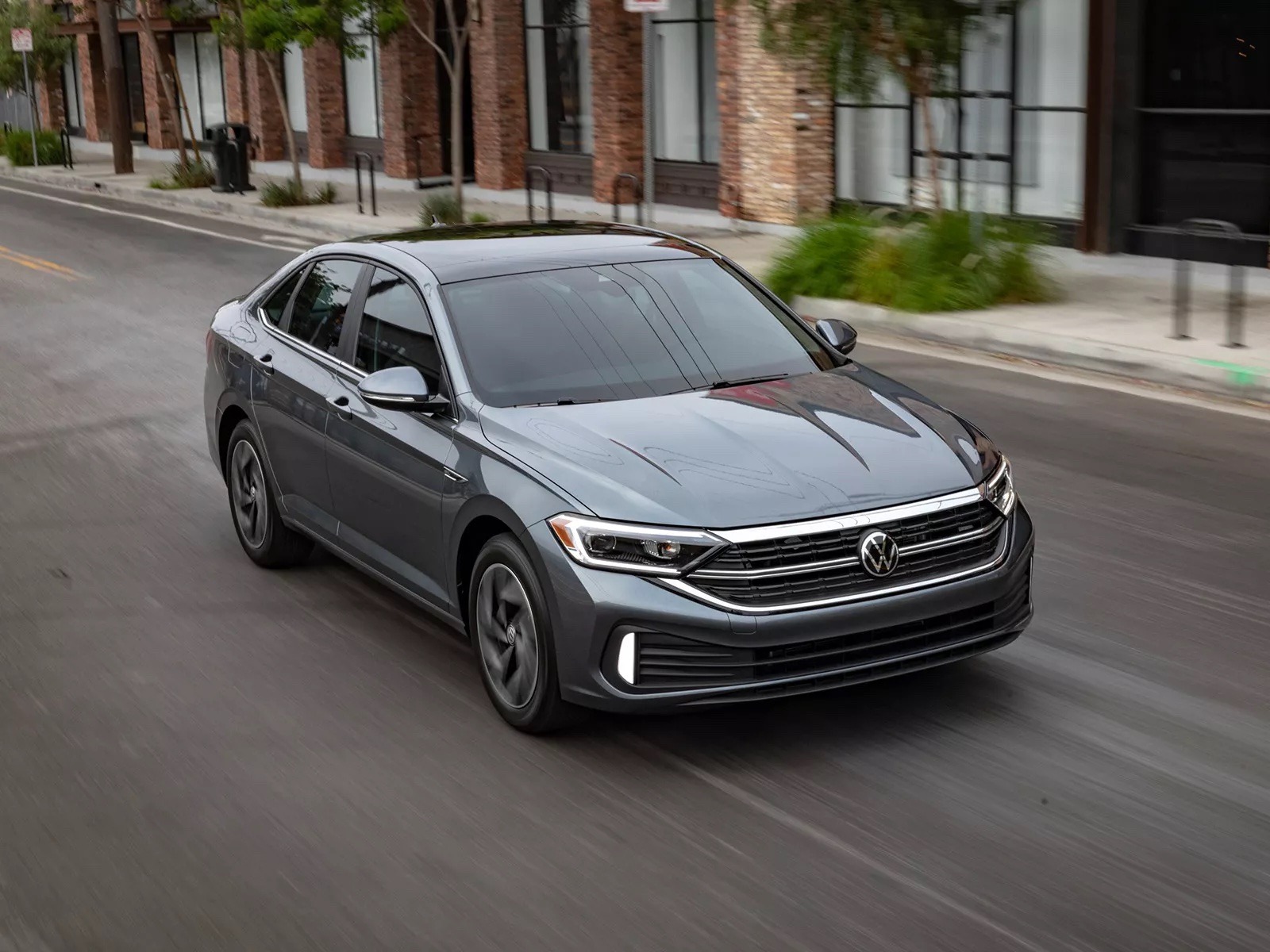
5. Volkswagen Jetta (2006-2011 Models)
The Volkswagen Jetta, particularly from 2006 to 2011, has become known for persistent oxygen sensor problems. These issues affect both the gasoline and diesel variants, although they are more pronounced in the petrol-powered models.
A common pattern involves sensor failure before the vehicle reaches 100,000 kilometres. Drivers report engine warning lights, poor throttle response, and excessive fuel consumption linked directly to faulty O₂ sensors.
The root cause often lies in the high level of exhaust gas recirculation, which deposits soot and oil residue onto the sensor surfaces. In addition, the exhaust system layout in these models often traps heat around the sensors, especially in city traffic or during warm weather.
The combination of high temperature and exhaust contaminants wears out the ceramic sensing elements faster than expected. This results in inaccurate air-fuel ratio data being sent to the engine control unit, which then struggles to maintain smooth performance.
Mechanics have also pointed out problems with the sensor connectors. Due to moisture ingress or corrosion, the wiring can become damaged, causing intermittent signals or total sensor failure. Even with sensor replacement, the same issue may recur if the connectors are not inspected and protected properly.
Repair costs can be high due to the sensor location and the labour required to access them. In some cases, a failing sensor also damages the catalytic converter, leading to more expensive repairs and extended downtime. The cumulative cost and inconvenience of repeated sensor issues have affected the Jetta’s reliability score among emissions-conscious buyers.
While the Jetta delivers a refined driving experience and decent fuel economy under optimal conditions, the frequent O₂ sensor issues make it a risky choice for long-term ownership without repeated investment in diagnostics and replacements.

